Star-forming Regions Amid Gas And Dust Taken By The Hubble Space Telescope. (NGC 2467, NGC 3603, Star

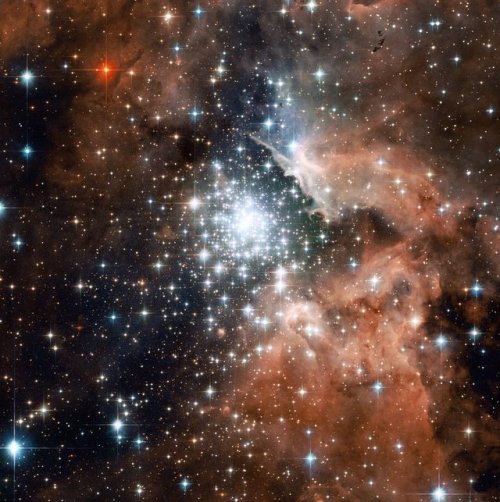
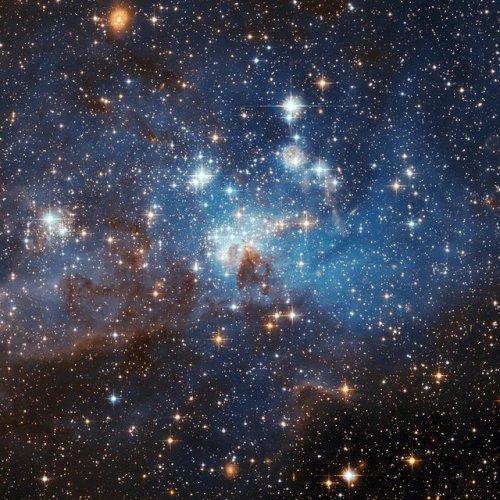
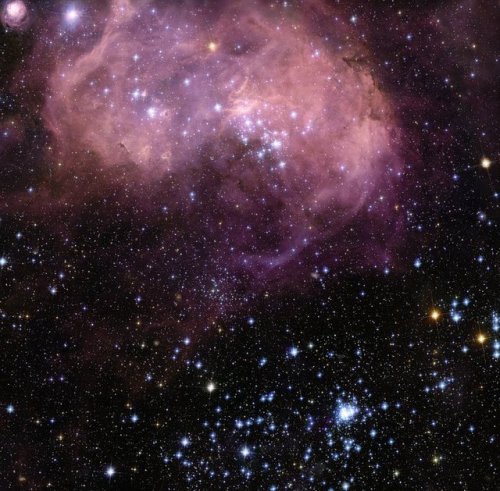
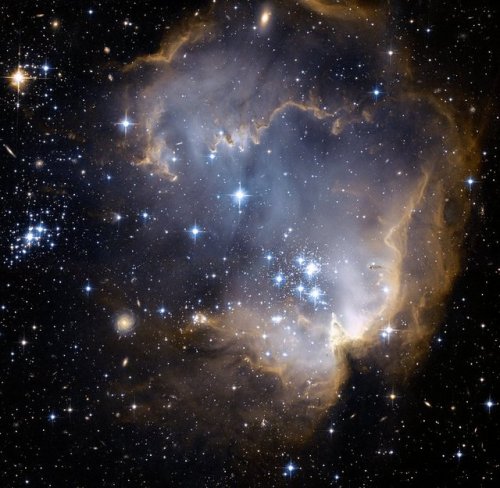
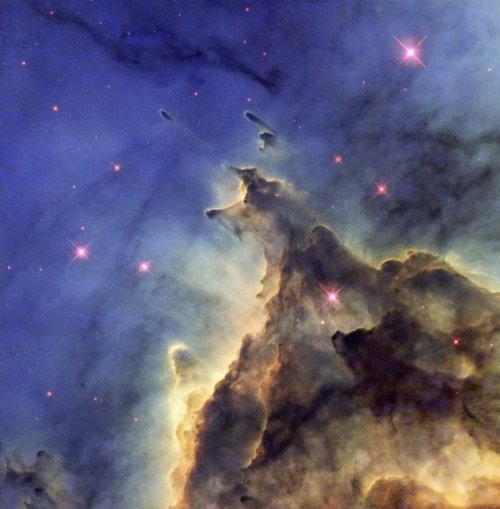
Star-forming regions amid gas and dust taken by the Hubble Space Telescope. (NGC 2467, NGC 3603, Star forming region in the Large Magellanic Cloud (LMC), N11, N90 and NGC 2174)
Image credit: NASA/ESA & Hubble
More Posts from Monstrous-mind and Others



Bliss…
Astronomy From 45,000 Feet
What is the Stratospheric Observatory for Infrared Astronomy, or SOFIA, up to?

SOFIA, the Stratospheric Observatory for Infrared Astronomy, as our flying telescope is called, is a Boeing 747SP aircraft that carries a 2.5-meter telescope to altitudes as high as 45,000 feet. Researchers use SOFIA to study the solar system and beyond using infrared light. This type of light does not reach the ground, but does reach the altitudes where SOFIA flies.

Recently, we used SOFIA to study water on Venus, hoping to learn more about how that planet lost its oceans. Our researchers used a powerful instrument on SOFIA, called a spectrograph, to detect water in its normal form and “heavy water,” which has an extra neutron. The heavy water takes longer to evaporate and builds up over time. By measuring how much heavy water is on Venus’ surface now, our team will be able to estimate how much water Venus had when the planet formed.

We are also using SOFIA to create a detailed map of the Whirlpool Galaxy by making multiple observations of the galaxy. This map will help us understand how stars form from clouds in that galaxy. In particular, it will help us to know if the spiral arms in the galaxy trigger clouds to collapse into stars, or if the arms just show up where stars have already formed.

We can also use SOFIA to study methane on Mars. The Curiosity rover has detected methane on the surface of Mars. But the total amount of methane on Mars is unknown and evidence so far indicates that its levels change significantly over time and location. We are using SOFIA to search for evidence of this gas by mapping the Red Planet with an instrument specially tuned to sniff out methane.

The plumes, illustrated in the artist’s concept above, were previously seen in images as extensions from the edge of the moon. Next our team will use SOFIA to study Jupiter’s icy moon Europa, searching for evidence of possible water plumes detected by the Hubble Space Telescope. The plumes were previously seen in images as extensions from the edge of the moon. Using SOFIA, we will search for water and determine if the plumes are eruptions of water from the surface. If the plumes are coming from the surface, they may be erupting through cracks in the ice that covers Europa’s oceans. Members of our SOFIA team recently discussed studying Europa on the NASA in Silicon Valley Podcast.

This is the view of Jupiter and its moons taken with SOFIA’s visible light guide camera that is used to position the telescope.
🍃🍂🍁🌄🐈

List of extrasolar candidates for liquid water
The following list contains candidates from the list of confirmed objects that meet the following criteria:
Confirmed object orbiting within a circumstellar habitable zone of Earth mass or greater (because smaller objects may not have the gravitational means to retain water) but not a star
Has been studied for more than a year
Confirmed surface with strong evidence for it being either solid or liquid
Water vapour detected in its atmosphere
Gravitational, radio or differentation models that predict a wet stratum
55 Cancri f

With a mass half that of Saturn, 55 Cancri f is likely to be a gas giant with no solid surface. It orbits in the so-called “habitable zone,” which means that liquid water could exist on the surface of a possible moon. ]
Proxima Centauri b

Proxima Centauri b is an exoplanet orbiting in the habitable zone of the red dwarfstar Proxima Centauri, which is the closest star to the Sun and part of a triple star system. It is located about 4.2 light-years from Earth in the constellation of Centaurus, making it the closest known exoplanet to the Solar System.
Gliese 581c

Gliese 581c gained interest from astronomers because it was reported to be the first potentially Earth-like planet in the habitable zone of its star, with a temperature right for liquid water on its surface, and by extension, potentially capable of supporting extremophile forms of Earth-like life.
Gliese 667 Cc

Gliese 667 Cc is an exoplanet orbiting within the habitable zone of the red dwarf star Gliese 667 C, which is a member of the Gliese 667 triple star system, approximately 23.62 light-years away in the constellation of Scorpius.
Gliese 1214 b

Gliese 1214 b is an exoplanet that orbits the star Gliese 1214, and was discovered in December 2009. Its parent star is 48 light-years from the Sun, in the constellation Ophiuchus. As of 2017, GJ 1214 b is the most likely known candidate for being an ocean planet. For that reason, scientists have nicknamed the planet “the waterworld”.
HD 85512 b

HD 85512 b is an exoplanet orbiting HD 85512, a K-type main-sequence star approximately 36 light-years from Earth in the constellation of Vela.
Due to its mass of at least 3.6 times the mass of Earth, HD 85512 b is classified as a rocky Earth-size exoplanet (<5M⊕) and is one of the smallest exoplanets discovered to be just outside the inner edge of the habitable zone.
MOA-2007-BLG-192Lb

MOA-2007-BLG-192Lb, occasionally shortened to MOA-192 b, is an extrasolar planet approximately 3,000 light-years away in the constellation of Sagittarius. The planet was discovered orbiting the brown dwarf or low-mass star MOA-2007-BLG-192L. At a mass of approximately 3.3 times Earth, it is one of the lowest-mass extrasolar planets at the time of discovery. It was found when it caused a gravitational microlensing event on May 24, 2007, which was detected as part of the MOA-II microlensing survey at the Mount John University Observatory in New Zealand.
Kepler-22b

Kepler-22b, also known by its Kepler object of interest designation KOI-087.01, is an extrasolar planet orbiting within the habitable zone of the Sun-like star Kepler-22. It is located about 587 light-years (180 pc) from Earth in the constellation of Cygnus. source

Puraten10 on Instagram

This image shows knots of cold, dense interstellar gas where new stars are forming. These Free-floating Evaporating Gaseous Globules (frEGGs) were first seen in Hubble’s famous 1995 image of the Eagle Nebula. Because these lumps of gas are dark, they are rarely seen by telescopes. They can be observed when the newly forming stars ignite, their intense ultraviolet radiation eroding the surrounding gas away and letting the denser, more resistant frEGGs remain. These frEGGs are located in the Northern Coalsack Nebula in the direction of Cygnus.
Credit: NASA, ESA, and R. Sahai (Jet Propulsion Laboratory); Processing: Gladys Kober (NASA/Catholic University of America)
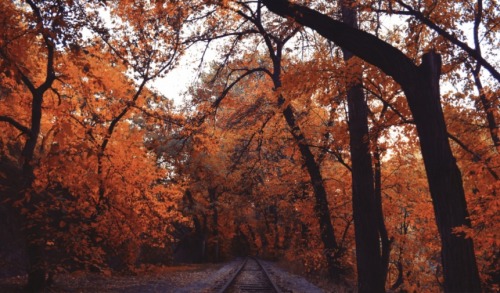

🍁🍂🎃🍂🍁

Waiting for autumn leaves to start falling down again. 🍁
-
 eric-the-bmo liked this · 3 months ago
eric-the-bmo liked this · 3 months ago -
 iblost reblogged this · 1 year ago
iblost reblogged this · 1 year ago -
 tt-television-telephone liked this · 2 years ago
tt-television-telephone liked this · 2 years ago -
 exhausted-asterism reblogged this · 2 years ago
exhausted-asterism reblogged this · 2 years ago -
 h0ecean reblogged this · 2 years ago
h0ecean reblogged this · 2 years ago -
 s2k-shawn liked this · 2 years ago
s2k-shawn liked this · 2 years ago -
 boilerboysblog liked this · 3 years ago
boilerboysblog liked this · 3 years ago -
 ignaclo reblogged this · 3 years ago
ignaclo reblogged this · 3 years ago -
 emiliosandozsequence reblogged this · 3 years ago
emiliosandozsequence reblogged this · 3 years ago -
 ix-uar-144 reblogged this · 3 years ago
ix-uar-144 reblogged this · 3 years ago -
 josefbalcar liked this · 3 years ago
josefbalcar liked this · 3 years ago -
 thomasbrisenio liked this · 3 years ago
thomasbrisenio liked this · 3 years ago -
 inkspottedtea liked this · 3 years ago
inkspottedtea liked this · 3 years ago -
 the-quasar-literata reblogged this · 3 years ago
the-quasar-literata reblogged this · 3 years ago -
 venus-born liked this · 3 years ago
venus-born liked this · 3 years ago -
 pr3ttyjadedoll liked this · 3 years ago
pr3ttyjadedoll liked this · 3 years ago -
 xcosmologics reblogged this · 4 years ago
xcosmologics reblogged this · 4 years ago -
 mars-aria reblogged this · 4 years ago
mars-aria reblogged this · 4 years ago -
 mars-aria liked this · 4 years ago
mars-aria liked this · 4 years ago -
 konoas reblogged this · 4 years ago
konoas reblogged this · 4 years ago -
 slow-motion-shadow reblogged this · 4 years ago
slow-motion-shadow reblogged this · 4 years ago -
 corvidae-and-crossroads reblogged this · 4 years ago
corvidae-and-crossroads reblogged this · 4 years ago -
 iam-xxmoneyshot liked this · 4 years ago
iam-xxmoneyshot liked this · 4 years ago -
 nasaadi3 reblogged this · 4 years ago
nasaadi3 reblogged this · 4 years ago -
 nasaadi3 liked this · 4 years ago
nasaadi3 liked this · 4 years ago -
 intergalacticwhales reblogged this · 4 years ago
intergalacticwhales reblogged this · 4 years ago -
 aealoarcturus reblogged this · 4 years ago
aealoarcturus reblogged this · 4 years ago -
 rosinessofthesky reblogged this · 4 years ago
rosinessofthesky reblogged this · 4 years ago -
 rosinessofthesky liked this · 4 years ago
rosinessofthesky liked this · 4 years ago -
 kamikisento reblogged this · 4 years ago
kamikisento reblogged this · 4 years ago -
 kamikisento liked this · 4 years ago
kamikisento liked this · 4 years ago -
 thestateofardadreaming reblogged this · 4 years ago
thestateofardadreaming reblogged this · 4 years ago -
 sonofgodsdad liked this · 4 years ago
sonofgodsdad liked this · 4 years ago -
 beatles-bum liked this · 4 years ago
beatles-bum liked this · 4 years ago -
 oceanara liked this · 4 years ago
oceanara liked this · 4 years ago -
 deeyelly23 reblogged this · 4 years ago
deeyelly23 reblogged this · 4 years ago -
 amorousfrenzy liked this · 4 years ago
amorousfrenzy liked this · 4 years ago -
 briefly-noted reblogged this · 4 years ago
briefly-noted reblogged this · 4 years ago -
 hjlphotos liked this · 4 years ago
hjlphotos liked this · 4 years ago -
 suffer-genius liked this · 4 years ago
suffer-genius liked this · 4 years ago
My ambition is handicapped by laziness. -C. Bukowski Me gustan las personas desesperadas con mentes rotas y destinos rotos. Están llenos de sorpresas y explosiones. -C. Bukowski. I love cats. Born in the early 80's, raised in the 90's. I like Nature, Autumn, books, landscapes, cold days, cloudy Windy days, space, Science, Paleontology, Biology, Astronomy, History, Social Sciences, Drawing, spending the night watching at the stars, Rick & Morty. I'm a lazy ass.
222 posts